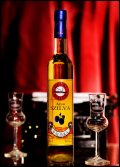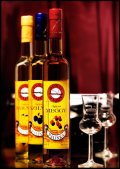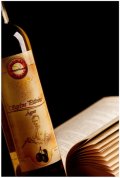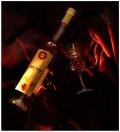The Story of Pálinka
The phylogeny of the pálinka is significant because the manner and present of pálinka making were defined fundamentally until this day.
We know two directions of development: the serf or folk pálinka making with the characteristic of distilling pálinka in huts for own consumption. According to some surveys there were several hundred thousands of distillery huts in Carpathian Basin in the XVI. century.
The other direction was the manorial and church distilleries. They made pálinka – first from beer and wine – for sale. In towns brewings, pálinka guilds and liqueur-factories started commercial distillation.
Where does Hungarian pálinka come from?
In fact, the question is where the knowledge of distillation arrived into Carpathian Basin? Who did we learn this activity from? There are three theories:
1. East: ancient Hungarians brought the knowledge of distillation in the time of Conquest. There are archaelogical memories proving that middle asian folk prepared distillate from fermented horse milk (koumiss) in wooden pots.
2. North: In the European culture the area of today’s Scotland-Ireland is the cradle of distillate making, but at the same time it is not decided fact who they got the sciene of pálinka distillation from. It is certain, that in the years of 400-500 grain distillates were already made. The distillate making with a Celtic origin may have infiltrated into Hungary from the area of today’s Chech Republic.
3. Arabian, greek, italian origin (South): Written memory about the first distillate making of the world is arabian, originated from the area of today’ Iraq-Iran, where distillates were already prepared from wine in 1000 B.C. It may have been transferred from here into Greece, then from Greece into Italy.
Where do we have our word „pálinka” from?
The first written memory is from 1320. Queen Elizabeth, wife of Robert Charles, was afflicted with gout, and she cured it with rosemary pálinka (made from wine). This drink was called „Aqua vitae reginae Hungariae” – Life water of Hungarian Queen. The product got into royal towns and yards by Italian merchants. The expression „burned wine” remained in the common knowledge for a long time – it’s still used in some places.
In the years of 1520 „pálinka”, the word of Slav origin is used with this writing style. The technology of pálinka distillation in Carpathian Basin spread from north to south direction – that might be the explanation for the Slav origin of the word. But it also indicates that original home of the pálinka might have been somewhere in north Carpathian Basin.








